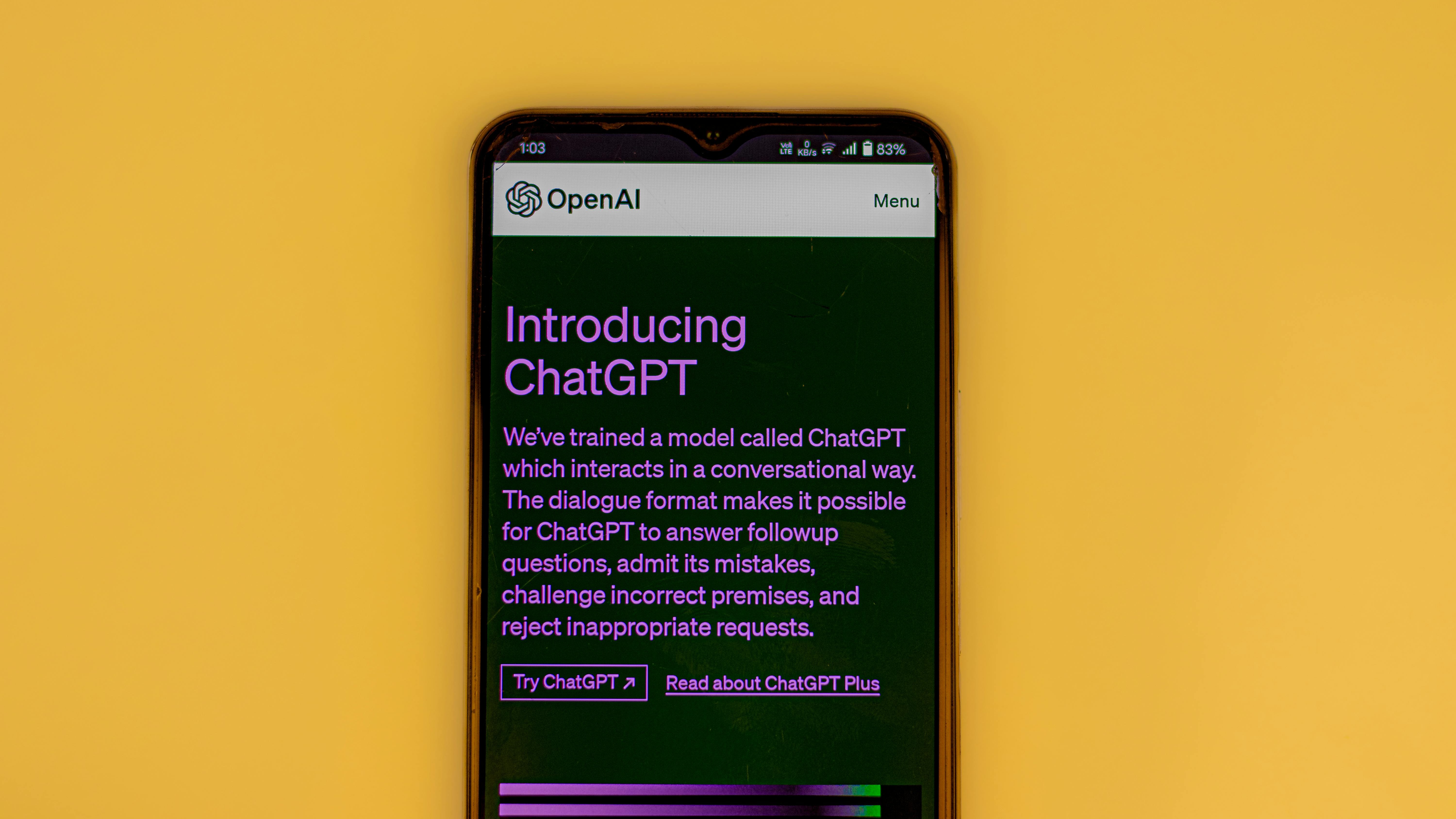
Employee Rights Under Fire
In a striking case of alleged retaliation, a former crew member of a Dunkin’ franchise in Connecticut claimed she was terminated after questioning the legality of her employer's tip distribution practices. This incident has raised significant concerns regarding employee rights and workplace ethics.
Understanding the Legal Landscape
According to her lawsuit, the worker discovered that the Dunkin' location pooled tips and distributed them at the end of the month without clear communication about how individual shares were determined. This process potentially violates the Fair Labor Standards Act and Connecticut wage laws which mandate more frequent payment schedules if tips are involved.
Implications for Workplace Leadership
This case underscores the need for leaders in HR and operations to foster a transparent, people-first culture. Leadership development must include knowledge about employee rights, as ignorance can lead to costly legal repercussions. The Dunkin' incident serves as a reminder that promoting a high-performance culture involves ensuring all employees feel empowered to voice concerns without fear of retaliation.
A Call for Cultural Change
For companies aiming to attract top talent and enhance employee engagement, it’s vital to embrace succession planning and workforce optimization strategies. Creating a supportive work environment—where employees can inquire about workplace practices—is essential for long-term retention.
Practical Insights for Leaders
As organizations navigate the complexities of modern workforce management, they should prioritize comprehensive training about employee rights and workplace regulations. Integrating HR metrics and performance-driven leadership principles can help in cultivating a healthy organization where talent thrives.
 Add Row
Add Row  Add
Add 




Write A Comment